
Salvete, history-lovers!
Are you married? Are you divorced? Do you have children? Have you remarried?
These questions are normal enough today, as they were in ancient Rome. Marriage and divorce were common in the ancient world. We’ve inherited them from our ancient ancestors, but with some tweaks to how they are perceived, their sanctity, and the laws surrounding them.
As ever, the Romans did things a little differently than we do today.
On this edition of Ancient Everyday, we’re going to take a brief look at marriage and divorce in ancient Rome.
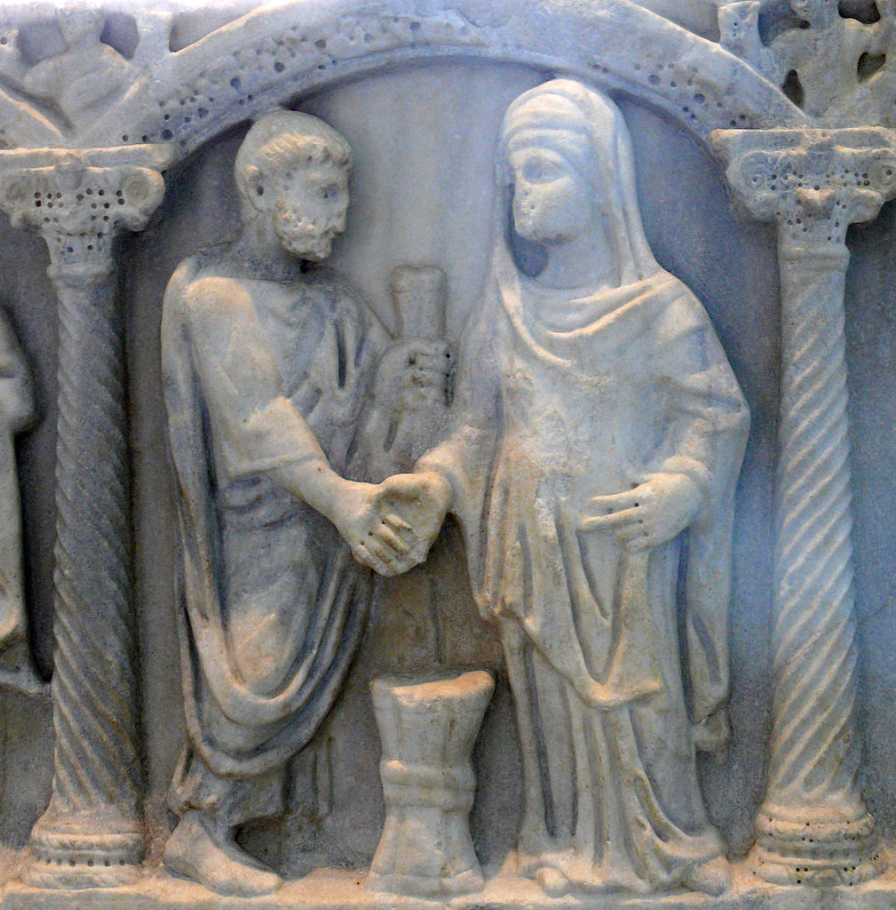
Marriage scene from a 4th century sarcophagus
With respect to character or soul one should expect that it be habituated to self-control and justice, and in a word, naturally disposed to virtue. These qualities should be present in both man and wife. For without sympathy of mind and character between husband and wife, what marriage can be good, what partnership advantageous? How could two human beings who are base have sympathy of spirit one with the other? Or how could one that is good be in harmony with one that is bad? (Gaius Musonius Rufus)
When it comes to ancient Rome, more is known to us about the families of the upper classes regarding marriage and divorce.
Marriage was central to Roman life, and at the heart of Roman virtues. At one point, as we’ll see, it was even a legal duty!
As in ancient Greece, Roman marriages were always monogamous. That’s not to say Roman men did not have mistresses, slaves or prostitutes, but they were only permitted one wife.
Also, a full Roman marriage was possible only if both parties were Roman citizens, or if they had been granted a conubium, permission to marry.
Officially, men were permitted to marry from fourteen years of age, and women from the age of twelve. This seems inconceivable to us, and it may also have been so for Romans since in actual practice, marriage did not usually take place until after twenty years of age.
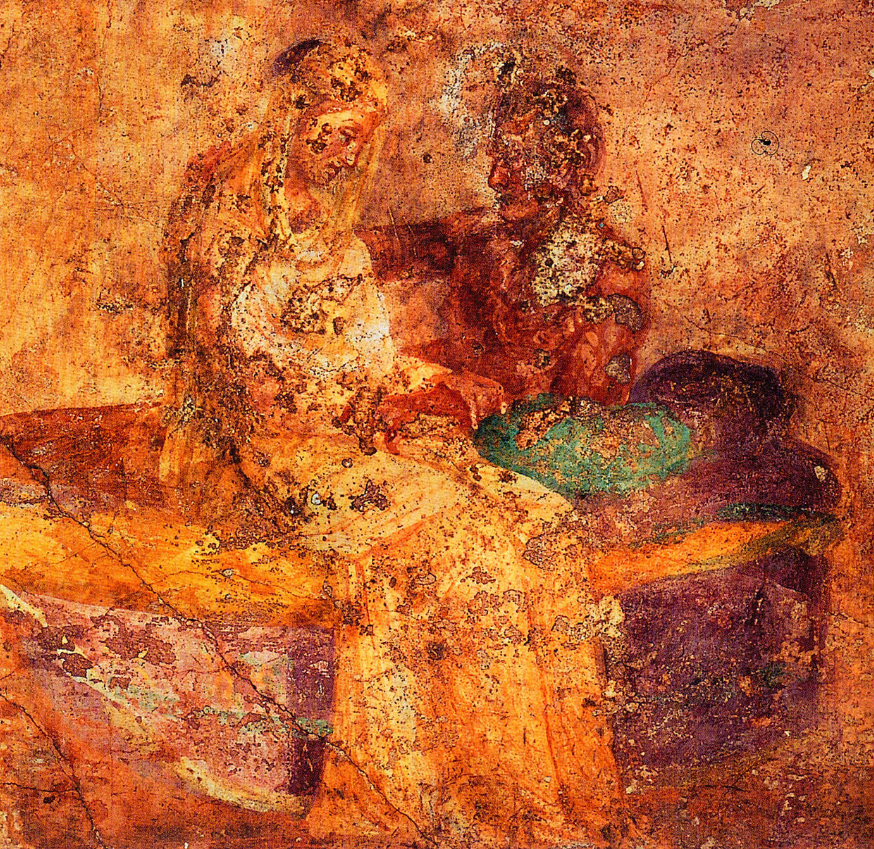
Fresco of a husband and new bride c. 19 B.C.
Before a marriage could take place, there was a formal betrothal known as a sponsalia. This could take place, especially among the upper classes, when the children were young, and was arranged by the father of each family, the paterfamilias. To read more about the paterfamilias in ancient Rome, CLICK HERE.
Before about 445 B.C. Patricians were not permitted to marry Plebeians, and a free person could not marry a freedman or freedwoman, although this last point was altered by the legal changes instituted by Emperor Augustus – except for senators! More on the changes Augustus made shortly.
When we think of marriage in ancient Rome, we often have a perception of marriage only for political reasons or some other gain. This was certainly true among the nobles of Rome.

However, marriage was in fact a private act most of the time. It required the following: the consent of bother partners (though still dictated by the paterfamilias of each family), the living together of the man and woman with the intention of forming a lasting union, and sometimes a dos, or dowry.
Whereas today, when a man and woman get married, they sign a registry along with their witnesses, there was no prescribed formula or written contract in Roman weddings, except in the instance where a dowry was offered.
Furthermore, the marriage ceremonies had no legal status. They only indicated that a marriage now existed, the same as a dowry. Both were moral, rather than legal, requirements.
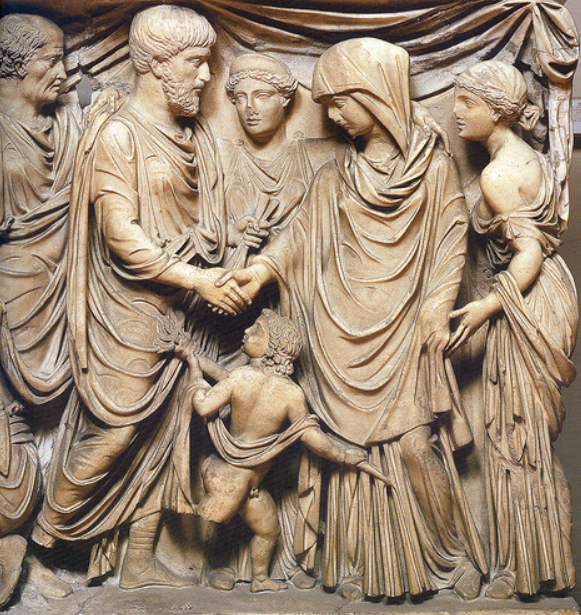
When a woman got married in the early days of Rome, she was supposed to go from her father’s house, under his control, to her husband’s house and control, in manu mariti. However, by the end of the Roman Republic, a woman, though married, remained in the control of her father, sine manu, for as long as her father lived.
A Roman woman was not absorbed into a husband’s family.
Changes were certainly afoot in ancient Rome when it came to marriage, and by the reign of Augustus and the beginning of the Empire, marriage became unpopular and birth rates dropped.
This crisis of the Roman population is what led Augustus to create reforms around marriage laws.
Augustus decreed that all men between the ages 25 and 60, and women between 20 and 50, had to marry and have children.
The emperor also instituted the ius trium liberorum, the right of three children, which instituted privileges for parents of three or more children. Some of these privileges included being excused from some civil duties, or being permitted to receive inheritances intended for their children.
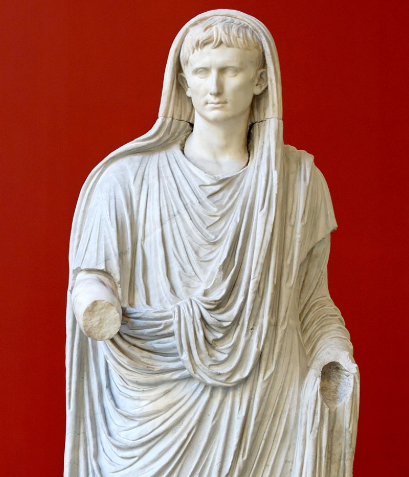
Augustus as Pontifex Maximus
So what did a Roman wedding look like?
Weddings were more religious than legal in ancient Rome. They had to take place on an auspicious day, and not on the Kalends, Nones, or Ides of any month, nor during the months of May and February. June was the preferred month for marriages.
A conferatiowedding ceremony was the most serious, oldest, and most solemn of Roman weddings. It was attended by the Flamen Dialis (High Priest of Jupiter), and the Pontifex Maxiums (High Priest of the College of Pontifs), and during the ceremony the sacred panis farreus, or spelt bread, was shared. It was nearly impossible to become divorced if you were married in conferatio.
But the average Roman wedding ceremony was of a less severe nature.
At the average Roman wedding, the auspices were taken to ensure it could proceed with the gods’ blessing. There was a sacrifice of an animal, such as a pig, and then there was a banquet, or convivium. Afterward, the bride and groom might exchange gifts.
There were roughly three stages to the ceremony. First, there would be a ceremony in the home of the bride. Then, there would be a procession of both families to the home of the groom where a banquet would be served at the husband’s expense.

The Roman Wedding – Emilio Vasarri
Marriage was all well and good for the Romans, but what happened when things soured? How did they deal with divorce?
Well, as it turns out, the Romans had a much more relaxed view when it came to divorce than we do today. We actually know a bit more about Roman divorce than we do about marriage.
Unlike certain faiths today, especially since the Middle Ages, there was no religious ban on divorce in ancient Rome.
Perhaps more importantly, there was no social stigma attached to it, or to a divorced spouse.
In the early days of the Republic, a man could divorce his wife on the grounds of adultery, but the same did not go for the woman. In ancient Rome, it was accepted that men would have mistresses, concubines, and frequent the brothel, or lupanar.
A man could also divorce his wife if she was thought to be infertile. This was obviously long before thinking around lazy sperm or sterility in men!
However, the women of Rome must have rejoiced in part when, during the late Republic, men and women could initiate divorce without having to give a reason!
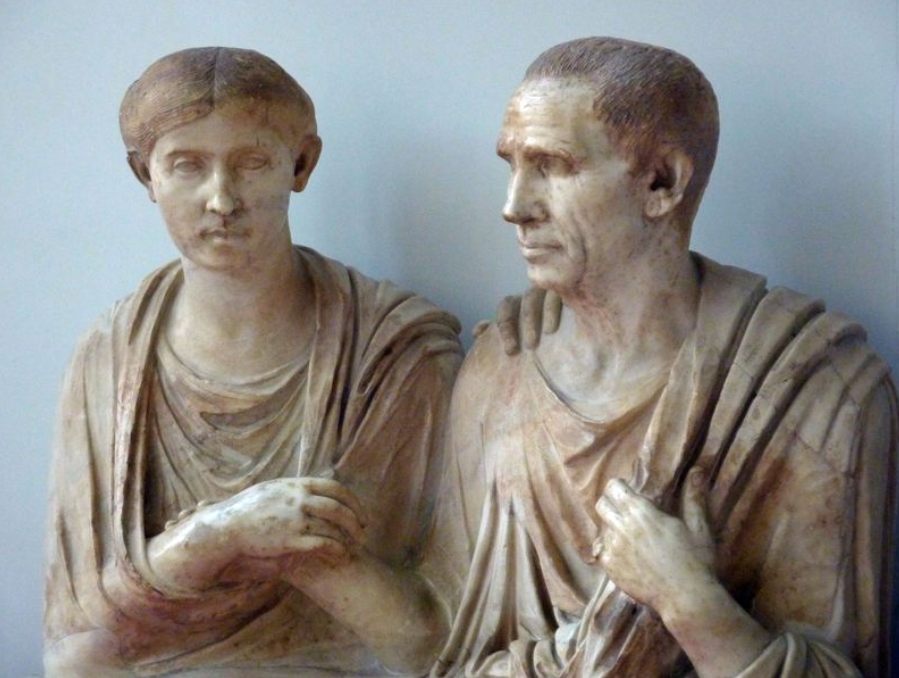
Men who do not like to see their wives eat in their company are thus teaching them to stuff themselves when alone. So those who are not cheerful in the company of their wives, nor join with them in sportiveness and laughter, are thus teaching them to seek their own pleasures apart from their husbands. (Plutarch)
In ancient Rome, divorce was actually common, especially among the upper classes who often used marriage as a way to solidify political alliances, depending on which way the wind was blowing.
It is estimated that 1 in 6 Roman marriages ended in divorce in the first ten years, and that 1 in 6 marriages ended through the death of a spouse.
The good news for Roman women was that upon divorce, a woman’s dowry was to be returned.
But what happened after divorce?
Well, as often happens today, people did remarry. It was a frequent occurrence, but sadly, it appears to have been more socially acceptable for men who could remarry with ease, whereas it was more difficult for a woman to remarry after a divorce.
If one was a widow, it was actually made law by Augustus’ reforms that you were required to remarry!
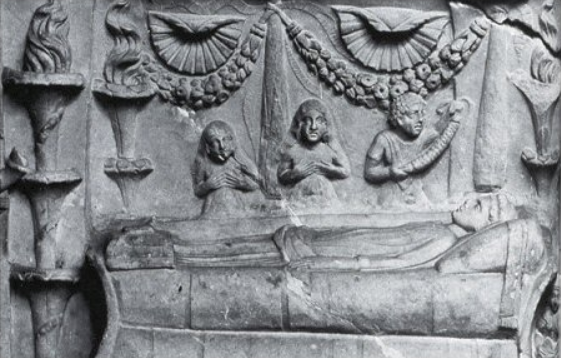
Mourners beside a Roman funeral couch
We’ve only really scratched the surface of marriage and divorce in ancient Rome here, but I hope it has given you an idea of that part of the ancient everyday lives of Romans.
We’ve focussed more on the ceremonial and standard practices around weddings, as well as the laws around marriage and divorce. However, one thing we have not looked at is the human element.
It’s all fine and good to have the laws or rules for such things jotted down on a piece of papyrus, or upon the surface of a wax tablet, but at the end of the day, the strengths and weaknesses, personalities and passions, of the individuals involved would have made marriage and divorce in ancient Rome as vast, varied and confusing as it is today. Perhaps more so?
This was just another look at how the everyday life of Romans was similar, but at the same time, different, to our own.
Thank you for reading.






